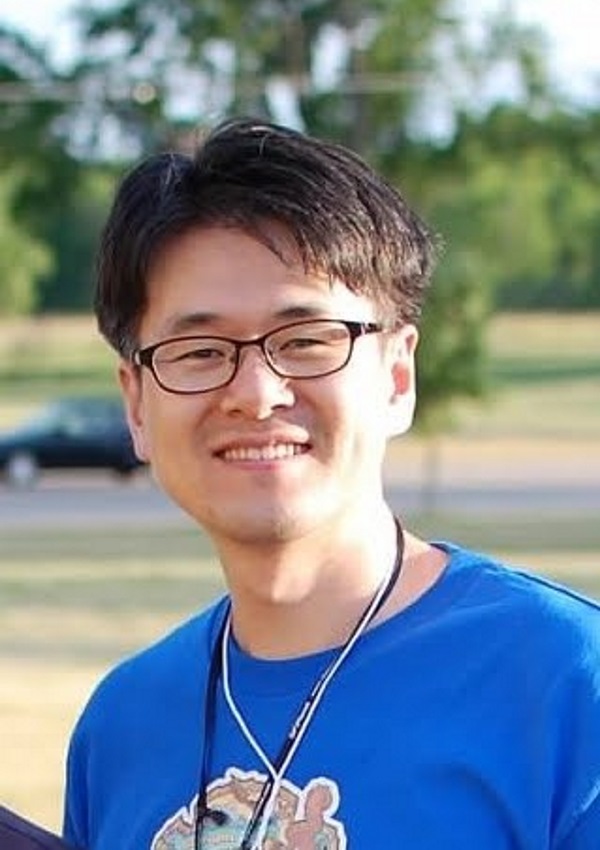Dr. Lee will recruit a new graduate student for Fall 2024 admissions.
My primary research interests are centered in adult psychopathology of anxiety disorders and their related emotional and personality problems with respect to their clinical manifestations, maintenance mechanisms, and potential risk factors (with an emphasis on obsessive-compulsive disorder, social anxiety disorder, and post-traumatic stress disorder). Particularly, I am conducting experimental psychopathology studies to investigate the nature of maladaptive cognitive-perceptual information processing (e.g., attentional bias) underlying anxiety problems. Another line of my research interests is the utilization of web-based techniques in psychological assessment and intervention. I have developed several online assessment systems with my colleagues, including an online diagnostic interview system designed to evaluate individuals presenting with a variety of anxiety problems.
Davine, T. , Snorrason, I. , Berline, G. , Harvey, A. M., Lotfi, S. , & Lee, H. J.()
Development of a Picture-Based Measure for “Not Just Right” Experiences Associated with Compulsive Sorting, Ordering, and Arranging.Cognitive Therapy and Research.
Mathew, A. S., Davine, T. P., Snorrason, I. , Houghton, D. C., Woods, D. W., & Lee, H. (2020)
Body-focused repetitive behaviors and non-suicidal self-injury: A comparison of clinical characteristics and symptom features.JOURNAL OF PSYCHIATRIC RESEARCH,
124, 115-122.
Farhat, L. C., Olfson, E. , Levine, Jessica L. S., . , Li, F. , Franklin, M. E., Lee, H. J., Lewin, A. B., McGuire, J. F., Rahman, O. , Storch, E. A., Tolin, D. F., Zickgraf, H. F., & Bloch, M. H.(2020)
Measuring Treatment Response in Pediatric Trichotillomania: A Meta-Analysis of Clinical Trials.JOURNAL OF CHILD AND ADOLESCENT PSYCHOPHARMACOLOGY,
30(5), 306-315.
Huggins, A. A., Harvey, A. M., Miskovich, T. A., Lee, H. J., & Larson, C. L.(2020)
Resting-state functional connectivity of supplementary motor area associated with skin-picking symptom severity.JOURNAL OF OBSESSIVE-COMPULSIVE AND RELATED DISORDERS,
26.
Lotfi, S. , Ward, R. T., Ayazi, M. , Bennett, K. P., Larson, C. L., & Lee, H. (2020)
The Effects of Emotional Working Memory Training on Worry Symptoms and Error-Related Negativity of Individuals with High Trait Anxiety: A Randomized Controlled Study.COGNITIVE THERAPY AND RESEARCH.
Lee, H. J., Espil, F. , Bauer, C. C., Siwiec, S. G., & Woods, D. W.(2018)
Computerized response inhibition training for children with trichotillomania.Psychiatry Research,
262, 20-27.
Conelea, C. A., Wellen, B. , Woods, D. W., Greene, D. J., Black, K. J., Specht, M. , Himle, M. B., Lee, H. J., & Capriotti, M. (2018)
Patterns and Predictors of Tic Suppressibility in Youth With Tic Disorders.FRONTIERS IN PSYCHIATRY,
9.
Berlin, G. S., & (2018) Response inhibition and error-monitoring processes in individuals with obsessive-compulsive disorder.Lee, H. J.(Ed). Journal of Obsessive-Compulsive and Related Disorders, 16, 21-27.
Siwiec, S. G., Davine, T. P., Kresser, R. C., Rohde, M. M., & Lee, H. J.(2017)
Modifying thought-action fusion via a single-session computerized interpretation training.JOURNAL OF OBSESSIVE-COMPULSIVE AND RELATED DISORDERS,
12, 15-22.
Cobb, A. , Meyer, E. , Lancaster, C. , Lee, H. J., & Telch, M. J.(2017) Pre-deployment Trait Anxiety, Anxiety Sensitivity and Experiential Avoidance Predict War-zone Stress-Evoked Psychopathology.Cobb, A. R., Lancaster, C. L., Meyer, E. C., Lee, H. J., & Telch, M. J.(Eds). Journal of Contextual Behavioral Science, 78, 76-84.
Santos, M. M., Nagy, G. A., Hurtado, G. D., West, P. , Santiago-Rivera, A. L., Lee, H. J., & Kanter, J. W.(2017) Acculturative Stress as a Moderator of Treatment Engagement and Retention in Behavioral Activation and Treatment As Usual for Latinos with Depression.Journal of Latina/o Psychology, 5, 275-289.
Siwiec, S. G., Davine, T. P., Kresser, R. C., Rohde, M. M., & Lee, H. J.(2017) Modifying Thought-Action-Fusion via a Single-Session Computerized Interpretation Training.Journal of Obsessive-Compulsive and Related Disorders, 12, 15-22.
Josephs, R. A., Cobb, A. R., Lancaster, C. L., Lee, H. J., & Telch, M. J.(2017)
Dual-hormone stress reactivity predicts downstream war-zone stress-evoked PTSD.Psychoneuroendocrinology,
78, 76-84.
Snorrason, I. , Olafsson, R. P., Houghton, D. C., Woods, D. W., & Lee, H. J.(2016) ’Wanting’ and ’liking’ skin picking: A validation of the Skin Picking Reward Scale.Journal of Behavioral Addictions, 4(4), 250-262.
Goetz, A. R., Davine, T. P., Siwiec, S. G., & Lee, H. J.(2016) The functional value of preventive and restorative safety behaviors: A systematic review of the literature.Clinical Psychology Review, 44, 112-124.
Lancaster, C. L., Cobb, A. R., Lee, H. J., & Telch, M. J.(2016)
The role of perceived threat in the emergence of PTSD and depression symptoms during warzone deployment.Psychological trauma : theory, research, practice and policy,
8(4), 528-34.
Snorrason, I. , Lee, H. J., de Wit, S. , & Woods, D. (2016) Are nonclinical obsessive-compulsive symptoms associated with bias toward habits?.Psychiatry Research, 241, 221-223.
Snorrason, I. , Berlin, G. S., & Lee, H. J.(2015) Optimizing psychological interventions for trichotillomania (hair-pulling disorder).Psychology Research and Behavior Management, 8, 105-113.
